Why You Should Refrigerate Vermouth
By Allison Quady
Most people don’t realize that vermouth is not a spirit, but a fortified wine, and should be refrigerated once it’s opened. Why? It all comes down to phenolics. But what are “phenolics”? What do they have to do with your favorite vermouth? And why should you put Vya (and any vermouth) in the fridge to keep it tasting like the day you opened it?
Phenolics is a fancy word for a group of several hundred chemical compounds that contribute to the aroma, flavor, color, and feel of wine in your mouth. Many of these “phenols” for short, come from the stems, seeds and skins, and are leached out of the grape during the maceration period of winemaking. All of our Muscat wines macerate; we normally use the phrase “sit on the skins” for macerate. Both terms describe the period where grape skins remain in contact with the juice. Our winemaking style calls for a long maceration/sit on the skins period because we are interested in the aromas, flavors, color, and mouthfeel that these phenolics contribute to the wine.
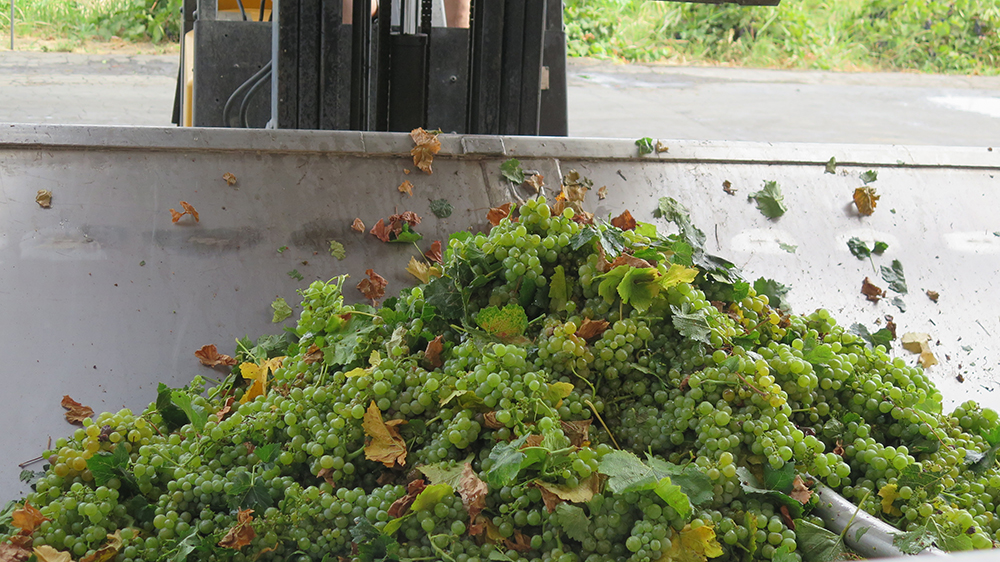
When my dad, Andy Quady, first employed a prolonged maceration/sit on the skins method for his muscats, it was a bit of an accident. There was a strike at the big winery where he was working, and because he was in management, he was asked to work overtime to cover. The Orange Muscat grapes that he’d intended for his first Essensia had to be taken to cold storage to wait until the strike was over. When he finally got a break from his day job to work on his side hustle, two weeks had passed. He crushed and pressed the Orange Muscat, and found incredibly rich flavors and aromas of apricot, orange, and marmalade – and he was delighted. The phenols found in the skins, stems, and seeds of the grapes had leached into the juice, creating these satisfying flavors and aromas. To this day, Quady winemakers follow a similar procedure, letting the Muscat grapes sit in cold tanks for a time after crushing but before pressing the juice. Pressing removes the skins and seeds. Crushing removes the stems and smashes everything else together in a gorgeous grapey mess. Even our lightest wines, the Electras, sit on the skins; they are light in alcohol, but they are not light on aroma, flavor, and overall character.
Vya is a highly aromatic and pleasurable vermouth in part because of the contribution of the phenolics, i.e. flavor compounds, from Essensia. Vya Sweet is approximately 50% Essensia, and it has the additional phenolics and tannins found in our port-style wine, Starboard, made with several Portuguese port varieties. Port-style wines macerate, and then they are aged in barrels after pressing. Both practices contribute to intensifying the phenols in the wine.
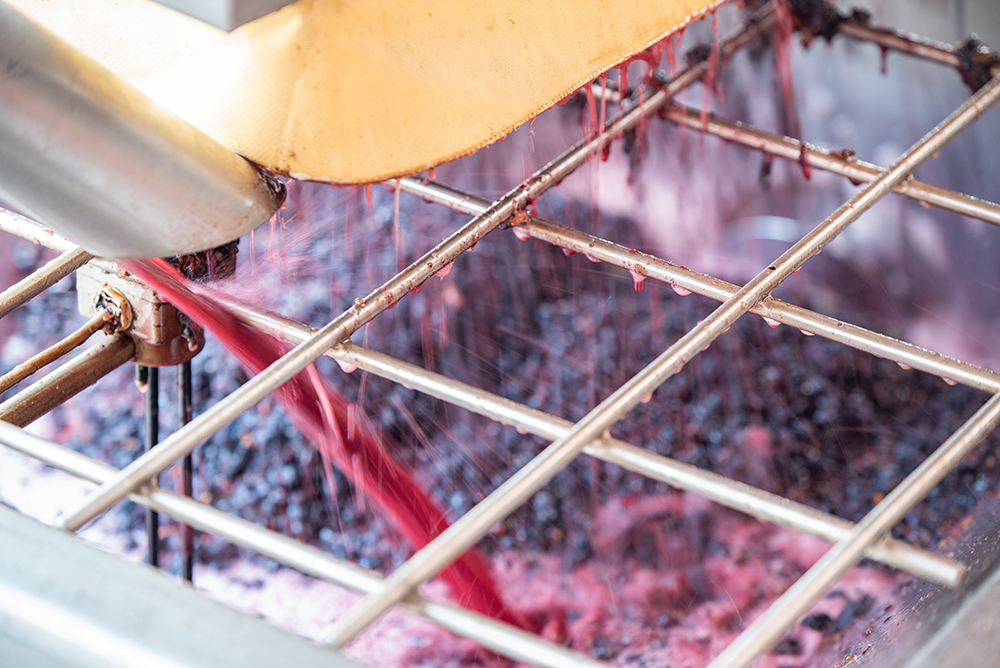
With the intensity of Essensia and Starboard, it’s essential to have a carrier wine to balance the vermouth for easy drinking and mixing. For our carrier we use a California dry white wine made with varying grape varieties. The carrier wine is much lighter, and it has soft, smooth, fresh aromas and flavors. The dry white wine we use is more apparent in Vya Extra Dry and Vya Whisper Dry, where larger amounts of it are mixed with smaller amounts of Essensia to balance its intense aromas and flavors, creating a refreshing and aromatic experience.
Vermouth making at Quady, like all winemaking, is a careful balancing act of intense, smooth, and refreshing flavors and aromas. So, stepping back from how we treat the base wines at Quady, and thinking about the traditional base wines used in vermouth, there are some significant quality differences. Traditionally, vermouth was made with your leftovers. In the earliest days, with the medical use of the bitter herb wormwood (“vermut” in German), which is still required in European vermouth, infusing wormwood into wine was a way for people to take their medicine. Many vermouths today have base wines that are processed in such a way that they are stripped of their phenolic compounds; maybe it’s because they didn’t taste good to begin with, and the vermouth maker is relying entirely on the herbs and spices for flavor.
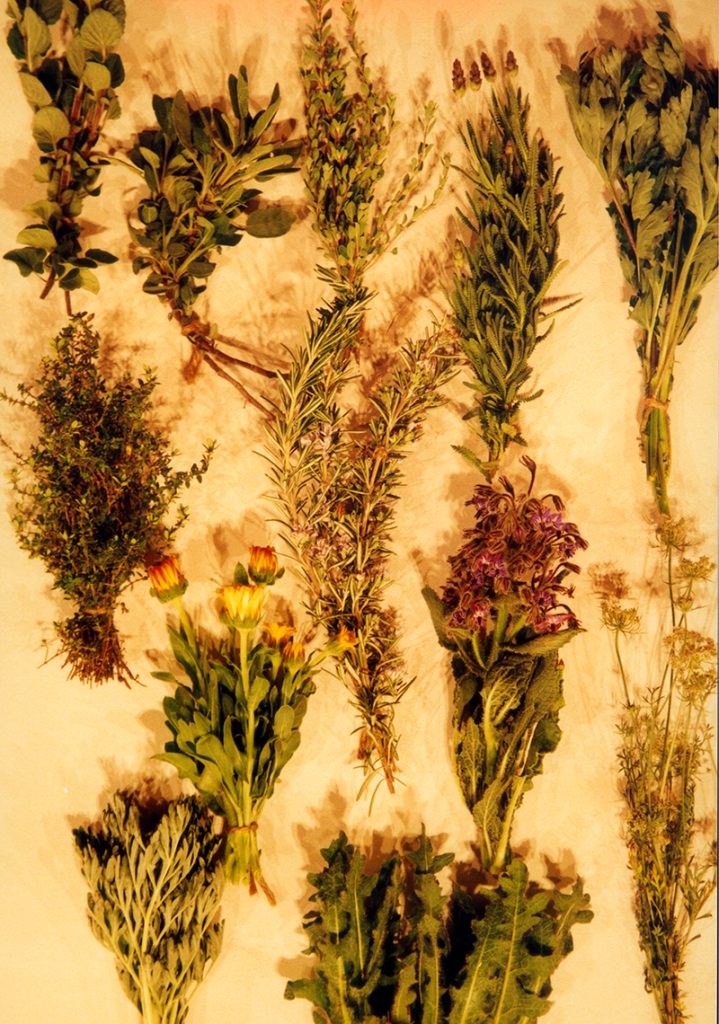
We’ve evolved from those early days. A unique selection of freshly dried, whole herbs is added to the proprietary Quady base wines in Vya and, with their own hundreds of phenolic compounds, they further contribute to the formula. The herbs in Vya really stand out, in part because they are steeped in quality base wines, and also because we use highly fragrant, spicy, sometimes bitter, and always exciting plants that pair especially well together. Vya Sweet is made with roots and seeds, which we believe have a warming feeling because they are where plant energy is stored. Vya Extra Dry and Whisper Dry are made with leaves and flowers, which we find have a cooling tone because they are the result of the plant using its energy to grow and flourish.
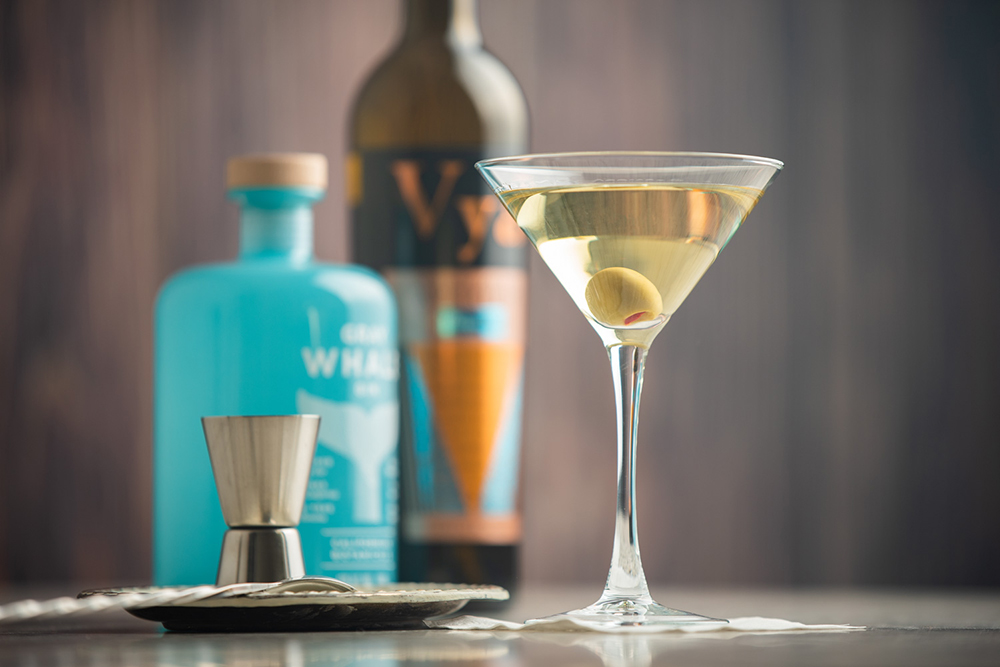
These wine and plant phenolics have aromatic and flavor making superpowers, and like all superheroes, they have their weaknesses. Oxygen is the kryptonite of phenolic compounds in wine. The presence of oxygen causes a cascade of chemical reactions, commonly called oxidation, that result in the deterioration of pleasurable aromas and flavors. All wine oxidizes. The more delightful the aroma on the first day, the more you may notice the change on subsequent days. Vya Vermouth, with its complex natural flavors and aromas is subject to oxidation.
Although the fortification of Vya Vermouth with alcohol does buy us some time, it still needs to be kept in the refrigerator after opening. In the fridge, Vya will last you a month or more. On the counter, I’d recommend drinking it within 48 hours, although the Sweet will last longer than the Extra and Whisper Dry because the tannins in red wine stave off oxidation better than the compounds in white wines. (Remember Vya Sweet has our Starboard port-style wine in it.)
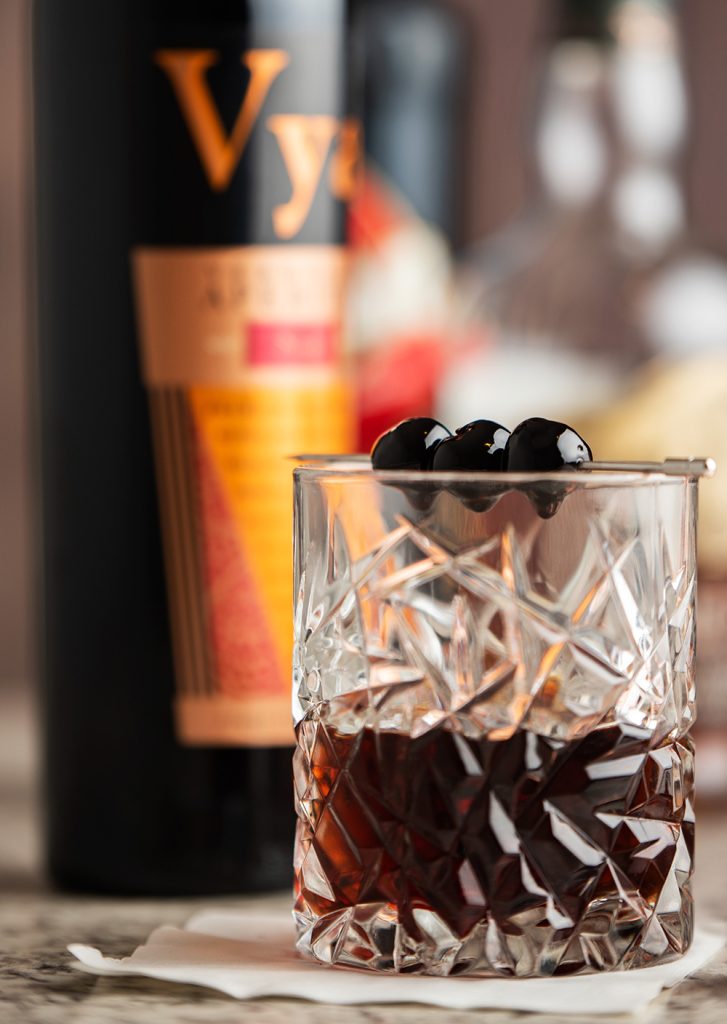
The next time you take your Vya from the fridge, take a moment to think about all those hard-working phenolics contributing to each amazing sip. Then pay your tastebuds a favor and put your bottle back in the fridge at the end of the evening so that you can enjoy it again and again.
I started drinking Vya in college, and I still haven’t tired of it. In the lazy days of summer, I mix Extra Dry with sparkling water on the rocks while I’m making dinner. I like that it’s so easy, and it’s naturally fresh, smooth, and low alcohol; a perfect way to end the work day and start the aperitif hour.
Chin chin!

